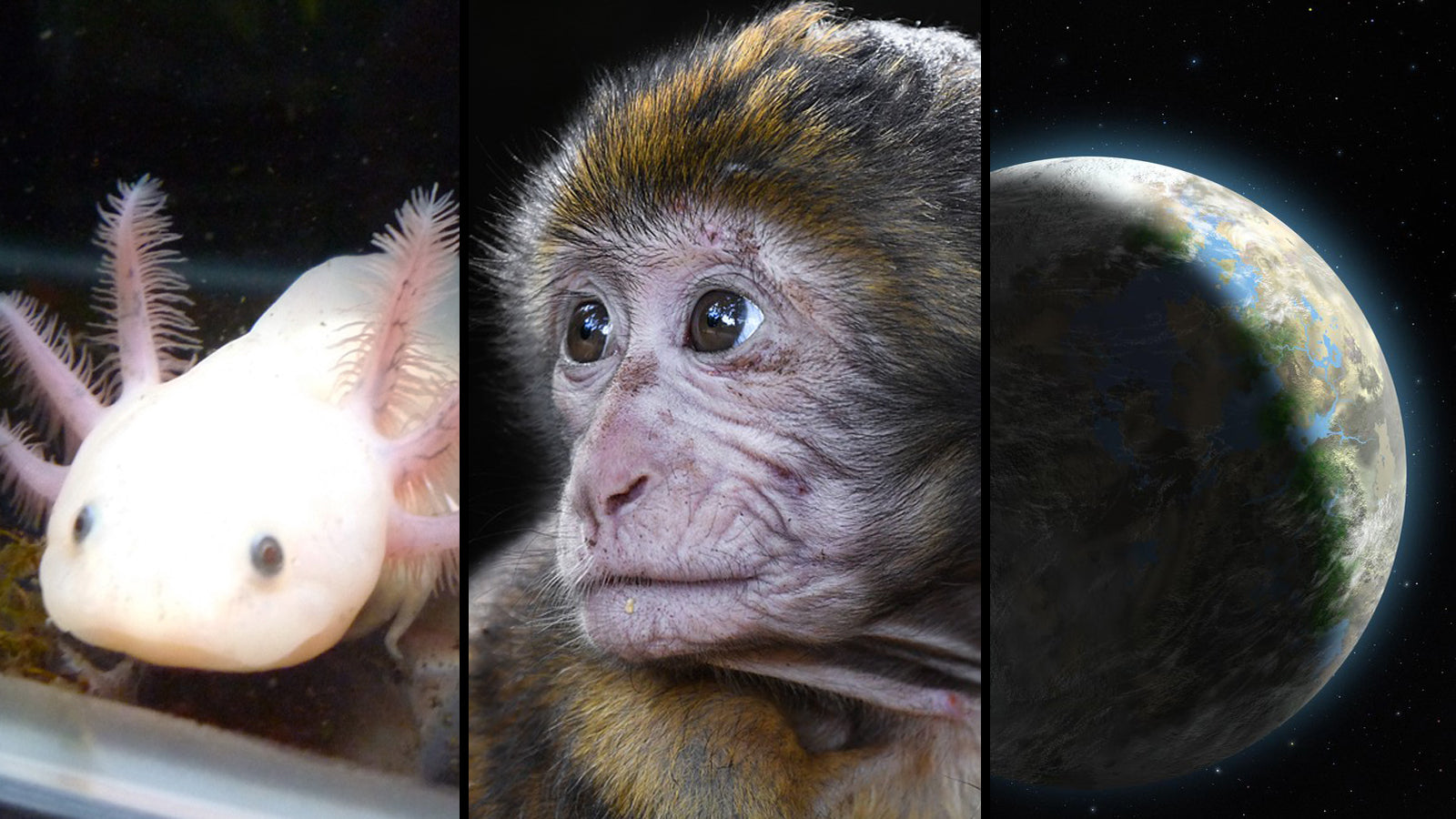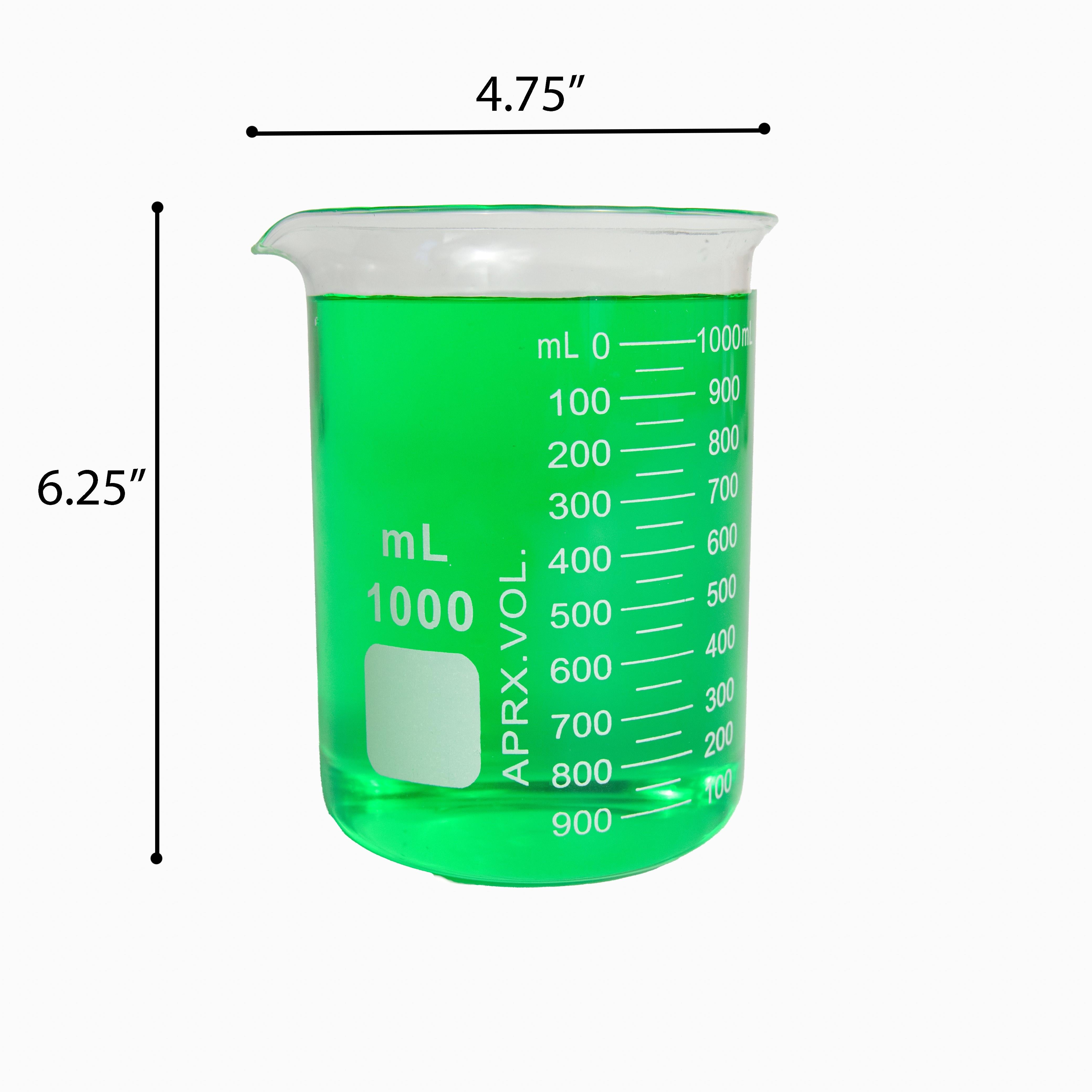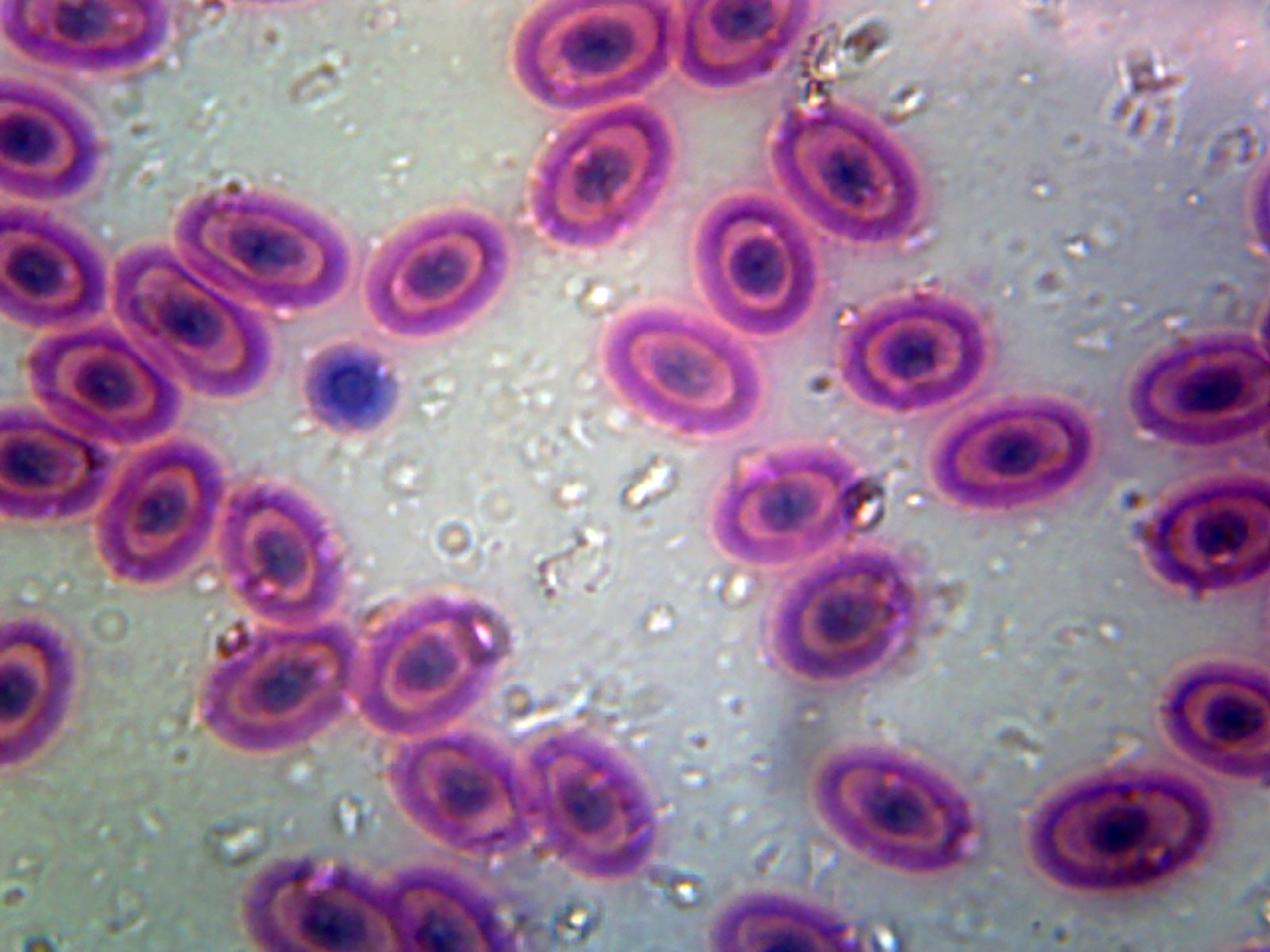Science is one of the most important endeavors that humans take up. It moves our society forward, pushes boundaries and preconceptions, and can stir the imagination. Usually, its astrophysics and renewable energy technology that excites me most, personally. This week, however, there have been a few stories to break in the field of biology that have really gotten the futurist in me stirring. I wanted to give a basic overview of these advancements in biology and muse a little bit on why science can inspire anyone, from the layman (like me) to the professional research scientist, and why this inspiration must be moderated to keep our expectations in check.
First, I want to discuss a story about recent work done with the axolotl salamander. Salamanders have fascinated scientists for years because of their ability of regenerate body parts – muscles, bones, nerves, everything. Axolotls are especially interesting because of their ability to regain lost retinal and spinal cord tissue.
To better understand a living organism’s internal functions and processes, biologists attempt to do what is called sequencing their genome. The genome refers to all the genetic data of a species. Scientists have sequenced the genomes of many creature so far, including humans, but, until recently, the genome of the axolotl as evaded sequencing attempts due to its size and the amount of long, repetitive sections.
The axolotl is now the largest genome we have successfully sequenced, coming in at 32 billion base pairs compared to the 3 billion base pairs in the human genome. To accomplish this feat, the scientists in the study developed a new method for assembling long sequences into an accurate record of the genome (they coined it MARVEL). By successfully sequencing the genome, geneticists now have an invaluable resource for studying tissue and limb regeneration. Certain preliminary leads on what to study next in the field of axolotl research include the absence of the Pax3 gene, and the functions of the Pax7 gene.
Read more about the axolotl genome in Nature.
The next story that caught my eye was that of scientists in China successfully cloning a monkey for the first time. They used the same method to create Dolly the sheep in 1996 (somatic cell nuclear transfer, or SCNT). Though success with this method has evaded scientists for years, this Chinese team was able to make their breakthrough by controlling certain genes that affect embryo development. This achievement is medically exciting and ethically concerning. Below are the results of their efforts:
The researchers claim that the purpose behind cloning any primate is purely for medical studies. Primates are better to test human medical treatments on than rats or other lab animals because of how close they are to us genetically. By using clones, we are able to eliminate genetic differences as confounding variables in primate medical trials.
Read more about cloning monkeys in Cell.
Lastly, scientists made progress in identifying chemical signatures in the atmosphere of exoplanets (you didn’t think I would totally ignore astronomy this week, did you?) that can possibly be used to signify life elsewhere in the universe. Scientists have known for some time that methane and molecular oxygen in an exoplanet’s atmosphere could signify life. This theory has been met with skepticism for some time because using any one specific molecule or element to assume the existence of life doesn’t account for other possible reasons for the chemical’s existence in the atmosphere. These scientists, however, have studied the Earth’s atmosphere during three periods of its life - The Archean (4 billion to 2.5 billion years ago), the Proterozoic (2.5 billion to 541 million years ago) and the Phanerozoic (541 million years ago to the present) – to figure out a variety of different atmospheric compositions that a life-bearing planet may have during its existence.
They hypothesize that disequilibrium in atmospheric composition is what should be used to look for life elsewhere. This is because many life-assisting molecules and elements (on Earth, at least) would not be able to maintain the levels that they do in our atmosphere without life producing and consuming them. In the Archean, the combination of methane, nitrogen, and carbon dioxide would have hinted at life. In the Proterozoic, oxygen (or ozone), nitrogen, and liquid water would have signified life. And in the Phanerozoic, scientists would look for nitrogen, water, and oxygen.
Though these are just clues on what to look for and this idea has existed for a while, this is the first time that scientists have looked in to our past to quantify these compositions that they plan to look for. At the moment, our telescopes in operation likely won’t be able to observe exoplanets closely enough to be certain about their atmospheres. Future telescopes, though, like the James Webb Space Telescope (launching in 2019) and beyond will be in the market of putting the work of these scientists to the test.
Read more about disequilibrium in biosignatures in Science Advances.
---
Now I want to talk about dreaming about the future a bit, because if you’re anything like me, these stories have got you dreaming about living forever, or at least long enough to meet a little-green-man from right down the cosmic block. The axolotl story probably has you dreaming of regrowing limbs and organs if you ever get sick or in an accident. The cloning story probably has you dreaming of bringing back a loved one or seeing how you look in person without being reflected in a mirror. The alien atmospheres story has you dreaming of interspace commerce and galactic organizations among worlds, or at least seeing cute new animals. That said, the dreams that science offer us need to be moderated by human ethics and the bounds of what is attainable with current technology and knowledge.
For example, even if we get to the point of fully understanding the axolotl’s regeneration mechanism, will we ever be able to move that mechanism into any form of therapy that would help humans? Understanding and getting something to work are completely different. Applying this knowledge will involve multidisciplinary advances far beyond our current technology, and its important to recognize far-off pipe-dreams when they occur to you.
With cloning, which is already looked at skeptically among laypeople, there are more ethical reservations than you could imagine. Even the foolhardiest dreamer of a scientist recognizes that cloning a human would create an unbelievable amount of new, awkward ethical questions to address. Is that clone its own unique person? Is man getting too powerful for their own good? I can, without a doubt, see the utility of monkey clones in medical research, but these questions are impossible to ignore when landmark successes like these bring the question of human cloning up front and center. It’s these sorts of questions that make us ask ourselves “just because we can, should we?”
And finally, any new information about the possible existence of life outside our planet immediately conjures up hope of seeing aliens in our lifetime. That hope for a face-to-face meeting, however, is unbelievably slim. Even if we were to verify that the closest exoplanet to Earth (about 12 light-years away) contains life by looking at its atmosphere, we would have trouble even communicating with them, let along seeing them up close with our eyes. Say we wanted to communicate to them via radio waves (or whatever signal could traverse the vacuum of space best). The aliens on that planet would not only have to be intelligent enough and have the technology developed to listen to our message, they would need to be listening to our tiny corner of space just to recognize it. That doesn’t even begin to touch on the difficulties of traveling 12 light-years within a human lifespan. Though exciting, finding aliens likely won’t look like the movies. If it ever does happen, it likely will look like a word-less observation of the gases on an exoplanet’s atmosphere through a telescope.
All of this isn’t to say that these stories aren’t mind-bogglingly cool. I just wanted to express a feeling I had that science journalism, for laypeople like us, normally aims to awe reader, excite their imaginations, and bring in readers. A healthy dose of realism is necessary for keeping yourself grounded in the present while dreaming of the future.
Any thoughts? Please share them in the comments.
Written By: Jacob Monash













3 comments
Jacob Monash
Thanks, Bob! Glad you liked the article.
Ro Gannon
Excellent article. Sent it to the science department. We don’t always get the time to think about and read about the “latest and (sometimes) greatest” things going on in research.
Bob
Wow. Definately makes me think. Loved the Article!
Wow! Loved this article